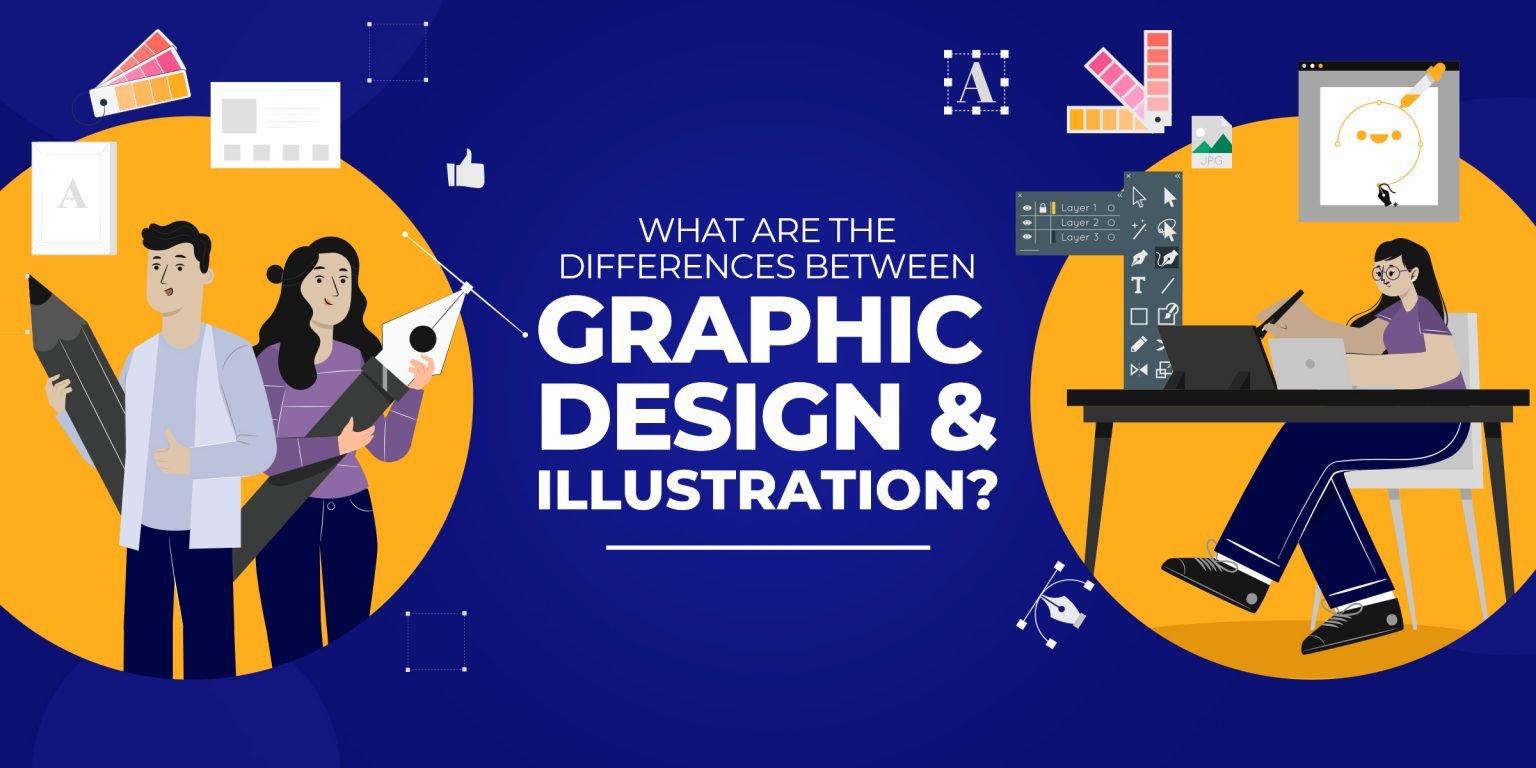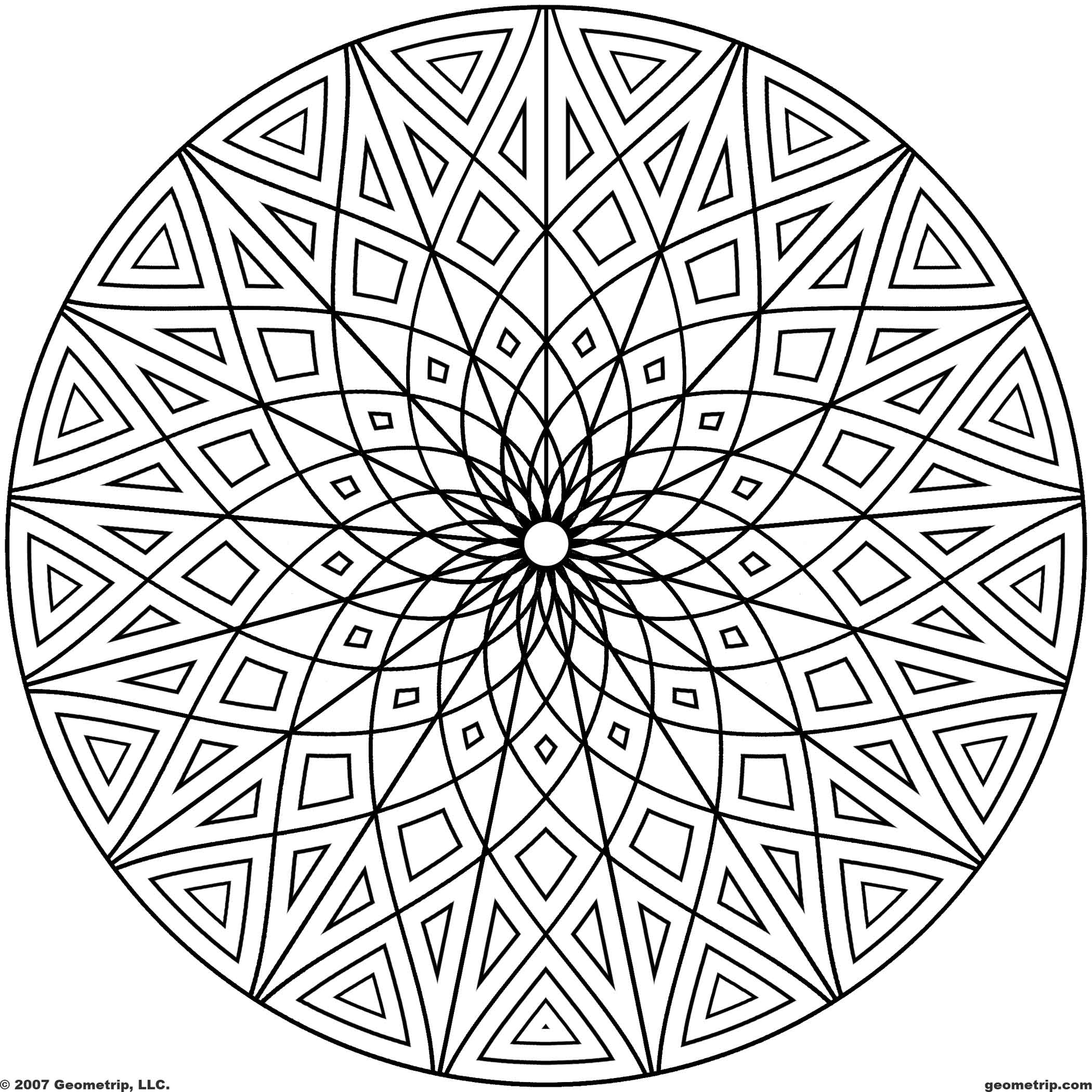Table Of Content

Combining artistic vision with technical expertise can elevate creative work to new heights, like adding the perfect seasoning to a dish. In creative fields such as graphic design, fashion design, and architecture, the application of design and technique is crucial in producing exceptional results. Unlike most fine artworks, graphic designs are incredibly strategic in their intention, direct, and attention-grabbing when executed successfully. Graphic design does not focus solely on communicating ideas and concepts but is aimed at how effectively one can relay information and images to evoke a response, for commercial or artistic purposes. This is not to say that the discipline of design lacks emotions and is entirely “by-the-book” in nature, rather, one can gain perspective into design by exploring the different types of design. Just as there are different types of artists, there are different types of designers.
What Is the Main Difference Between Art and Design?
In short, design is widely different from art and the two are considered to be very different disciplines. One might find that artists do reference “designs” in their work or incorporate patterns, structures, or motifs that inform the final artwork. This suggests that design in art can be used to guide the artwork and is more so used by artists to plan an artwork and provide the fundamental framework. Many of us understand art to encompass all forms of creative expression that can sometimes rely entirely on the opinion or intuition of the artist. The boundaries between art and design are blurry, largely due to a range of applications both for the term 'art' and the term 'design'. Applied arts can include industrial design, graphic design, fashion design, and the decorative arts which traditionally includes craft objects.
What Is Lino Printing? – Creating Lino Art
In contrast to design’s focus on aesthetics and functionality, technique emphasizes the skillful execution of a project or product. It involves applying specific methods or processes to bring a design concept to life. For example, in graphic design, techniques can include using software tools like Adobe Photoshop or Illustrator, mastering digital illustration techniques, or understanding print production methods. In summary, the differences between design and technique are that design is a creative process, while technique is a skill. Designers must use their creativity to develop a product, service, or environment that meets the user’s needs and is aesthetically pleasing or functional. It involves taking into account the aesthetics and practicality of the finished product.
How Design and Technique Contribute to the Overall Outcome of a Project
Thus, this emission estimation technique is a promising tool for independently verifying reported emissions from large point sources and provides complementary information to existing monitoring techniques. Want to incorporate some of these art and design trends into your daily life? Step out and stand out with our one of a kind phone cases, custom-designed just for you. Send our artists your ideas and we’ll create a case that’s unlike any other.
How do personal preferences and biases come into play when applying design and technique in creative fields?
The primary difference between design and technique is that design is a creative process, while technique is a skill. Design requires an understanding of the user’s needs, the technical capabilities of the product or service, and the aesthetic and functional possibilities of the chosen medium. Technique, on the other hand, is the skill of performing a task or producing a desired result through the use of specialized knowledge and tools. As an artist and designer, you will also have to study different methods of creating ranging from sculpting to drawing to hone your skills. When it comes to the final creation, artworks, and designs, even a combination of the two, can be visually appealing and serve the same function, which is to attract visual attention. Illustration is one such art form that can incorporate design to ensure that the artwork’s idea or concept is communicated effectively while showcasing the artist’s visual expression.
Major differences between Design and Technique
A way to refine the similarities between art and design is to break down the points that seem to unite the two. To bridge the gap, there are a few similarities between the disciplines that can help you marry the two in practice. These include line, color, shape, rhythm, contrast, and balance among others. Design can be devoid of art, but the best designs have an artistic point of view.
How Stratified Random Sampling Works, With Examples - Investopedia
How Stratified Random Sampling Works, With Examples.
Posted: Sat, 25 Mar 2017 23:32:53 GMT [source]
Navigating the Definitions of Art and Design
A well-designed product or project not only looks visually pleasing but also serves its intended purpose effectively. Technique, on the other hand, refers to the specific skills and methods used to execute a design. It encompasses the technical know-how required to bring a design concept to life. Techniques can vary depending on the medium or field of expertise involved – whether it be graphic design, architecture, fashion design, or any other creative discipline. Design refers to the process of creating a plan or blueprint for a project, product, or system. It involves conceptualizing and visualizing ideas, considering factors such as aesthetics, functionality, and user experience.
Designers communicate ideas in different ways than artists through the use of different mediums. Artists, on the other hand, have more control over the subjective decisions feeding into the creation of an artwork and may produce from a place of more ego and feeling-based thought patterns. It enables an artist to substitute one or more images with another to express a specific message or concept. Instead of using words, it depicts the significance and essence of a subject through visual portrayal. Aaron Winey is an assistant professor of visual communication at Grace College, program director of visual arts, and a Grace alumnus. Winey owns his own agency, Blue Note, through which he has designed more than 150 logos and more than 50 identity systems.
Well, if you’re someone who actually wants to understand the difference between design and technique, you’ve come to the right place. We offer you extensive information about the history of art, analyses of famous artworks, artist biopics, information on architecture, literature, photography, painting, and drawing. Traditional mallet broaching and stem seating for cementless total hip arthroplasty (THA) could lead to femoral stem misalignment therefore decrease implant survivability. The specific aim of this study was to compare the pull-out strength of cementless THA femoral stem with different cross-sectional design resulting from powered impactor method versus traditional mallet method. So while design might make us feel something too (for example, delight when we look at Apple products), its main purpose is to solve some kind of problem by making things easier for people who use them.

In reality, both are integral to successful innovation and should be viewed as complementary rather than competing forces. They must also be able to anticipate user needs and preferences, balance aesthetics with functionality, and stay up-to-date with industry trends. In short, designing is a complex and multifaceted process that requires a combination of skills, experience, and intuition. The most common similarity between design and art is that both disciplines rely on an understanding of the fundamentals of design, including its principles. These involve elements and principles like color, shape, contrast, balance, harmony, and rhythm, applied strategically and intentionally.
It is generally agreed that a successful painting is unified, while also having some variety created by areas of contrast and emphasis; is visually balanced; and moves the viewer's eye around the composition. Thus it is that one principle of art can influence the effect and impact of another. While design and technique are distinct, they are interdependent – a strong grasp of both aesthetics and technical skills is crucial to achieve a successful outcome in any creative endeavor. We present the first results of a ground-based imaging experiment using a shortwave infrared spectral camera to quantify carbon dioxide (CO2) emissions from a coal-fired power plant in Mannheim, Germany. The power plant emits more than 4.9 Mt CO2 yr‑1 and is a validation opportunity for the emission estimation technique.
Yes, there is art outside of design and design outside of art, but when the two worlds come together, that is the ideal. A design that doesn’t have an artistic eye is stagnant and boring; it’s the artistic part of design that engages and pulls people in. In other words, the difference between art and design is very gray, and it’s an ongoing discussion. The debate of art vs design is more on the philosophical side, but it is fun to think about. Technique is the skill of performing a task or producing a desired result through the use of specialized knowledge and tools.
Her personal photography archive traces her exploration of film through abstract manipulations of color, portraiture, candid photography, and urban landscapes. Her favorite art movements include Surrealism and Fluxus, as well as art produced by ancient civilizations. Anthony’s earliest encounters with art began in childhood with a book on Salvador Dalí and imagery from old recipe books, medical books, and religious literature.
Urban design is most often employed in architecture and refers to the design of spaces, buildings, landscapes, and procedures that will enable future success in the development of the space by other people. Urban designers also develop a knowledge of the local public regulations to work with and have a strong understanding of planning concepts. Urban design differs from architecture since it focuses on the design of urban spaces like cities and towns while architecture is specific to the construction of singular buildings.
The critical design is also satirical and provocative, much like the thinking behind some artworks, and is often referenced as an attitude toward design rather than a movement. Unity/Variety You want your painting to feel unified such that all the elements fit together comfortably. Too much unity creates monotony, too much variety creates chaos.You need both.

No comments:
Post a Comment